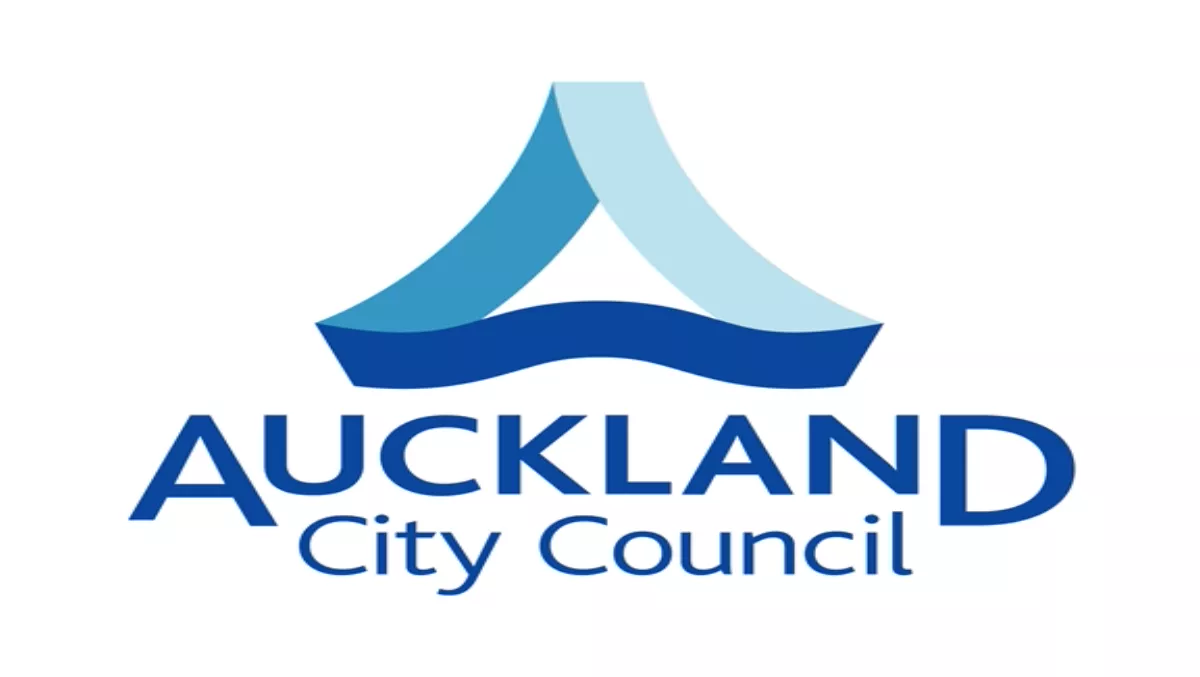
Merging challenges
The biggest challenge in my job is expectation management," says Mike Foley, who was last year given the reins of the IT sector at the newly merged Auckland Council.And expectations were indeed running high, when the merger between the Auckland Regional Council, seven local councils and the associated council controlled organisations came into effect on November 1, 2010.All systems were kept running from day one, but preparations had been under way for more than a year, leading up to the official start date for the new council. This preparation was orchestrated by the purpose-made organisation Auckland Transition Agency (ATA), which analysed the requirements for the merger.
From his position as CIO of Auckland's Watercare, Foley had been involved with the ATA as leader of its tech section since August 2009. He says it effectively meant he played a large part in formulating the job he later landed, but it also means he knows the requirements very well."We had no systemic errors on the day of the merger, which is very much credit to all involved, especially the many contractors," he says.
Staggering complexity
Despite the many challenges in his job, Foley sees many similarities with his previous roles in business management."The only difference is the scale. The challenges are certainly slightly bigger here, but the dynamics and procedures are still the same."A glance through the organisational plans, lists of projects and activities and charts of regulatory requirements shows a staggering degree of complexity. Yet, Foley talks about this with a very calm attitude and focused enthusiasm. To illustrate the complexity this organisation faces, he gives these examples:
- The organisation operates 24 hours every day, with services broader than a bank and transactional volumes similar to a bank.
- The IS department supports every single council business process.
- The department handles 14,000 internal service requests every month, with 2-3 high severity incidents per day.
- The main data center located at council headquarters has more than 1500 systems running on it.
- The systems include 28 RFS systems, 9 GIS systems, 15 record management systems, 6 contact centre systems, 8 rating and regulatory systems – and 297 different assets management systems.
- More than 2500 applications run on the council's systems.
"Today I am juggling 348 different actions across the divisions. Sometimes I have to spend a lot of time explaining what is possible, and what processes must be followed," he says.All of the demands from staff, stakeholders and the public will of course have to be weighed up against financial constraints. The IT budget for the next 12 months has been set to $70 million."The cost estimate for all that the Information Services department has to deliver over the next 10 years is set to $500 million. But my aim is to make it 'a hell of a lot' cheaper. That is a constant consideration, as we are dealing with ratepayers' money," he states.
Staff demands
During the amalgamation process, most of the IT staff members from the previous councils were carried over to the new council. Some positions have been redefined, and similar roles have been placed together where possible.Foley estimates the bulk of the merger project will be carried out over the next three to four years, after which the staff needs might 'level out' a bit. At this stage he says he will still be looking for new talent for his team on a constant basis.
His recruits are often picked for their technology expertise, but strategic business sense plays a bit part as well. When it comes to choosing key staff, he puts emphasis on varied experience, preferably from multiple industries."I don't just want people to focus on the technologies, but also on the business processes. We should ideally be operating like an internal consultancy agency with a focus on customer needs. This is essentially my background, and I would like to promote such a culture.
He says the pressure is always on for the IT staff, with constant demands for change."IT departments are always the last to know about a project's requirements, but the first to have to deliver.
"You have to be a bit of a pragmatist – and I sure am. While the many complex projects often keep me thinking well into the night, I actually rarely lose sleep over the job. I have more than 500 people to rely on to deliver. So far every project has run on time, and I hope to keep that record," Foley says.

